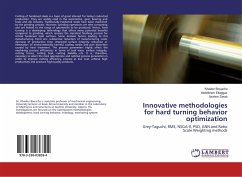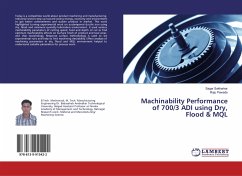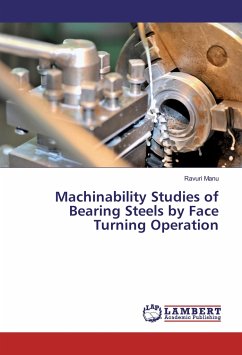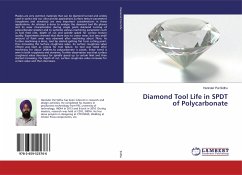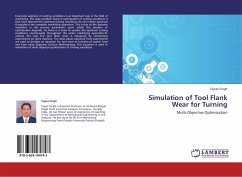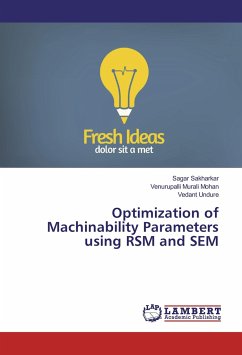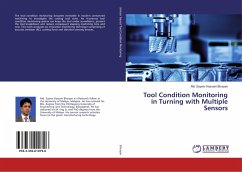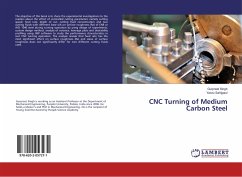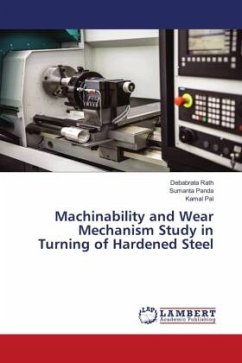
Machinability and Wear Mechanism Study in Turning of Hardened Steel
Versandkostenfrei!
Versandfertig in 6-10 Tagen
45,99 €
inkl. MwSt.

PAYBACK Punkte
23 °P sammeln!
The industry's most significant demand is to produce a component from hardened work piece material with reasonable dimensional tolerance and surface quality. Owing to the successful metal removal, improved surface quality, and dimensional precision, the turning of hardened steel (beyond HRC 45) within a dry environment has acknowledged significant interest as compared to conventional grinding. The hard turning within a dry environment is one of the suitable metal removal methods to control the machining constraints viz. environmental pollution and turning cost. This book provides an in-depth s...
The industry's most significant demand is to produce a component from hardened work piece material with reasonable dimensional tolerance and surface quality. Owing to the successful metal removal, improved surface quality, and dimensional precision, the turning of hardened steel (beyond HRC 45) within a dry environment has acknowledged significant interest as compared to conventional grinding. The hard turning within a dry environment is one of the suitable metal removal methods to control the machining constraints viz. environmental pollution and turning cost. This book provides an in-depth study on turning process to develop a quantitative relationship between process variables and response characteristics. Apart from this, the book systematically discusses various wear mechanisms and its control by proposing a novel wear map approach and recommends a machining strategy for superior output. This book targets young researcher, students and professionals who are interested in this field. This book also hopefully expected to serve as a building block for future research efforts in this field.



